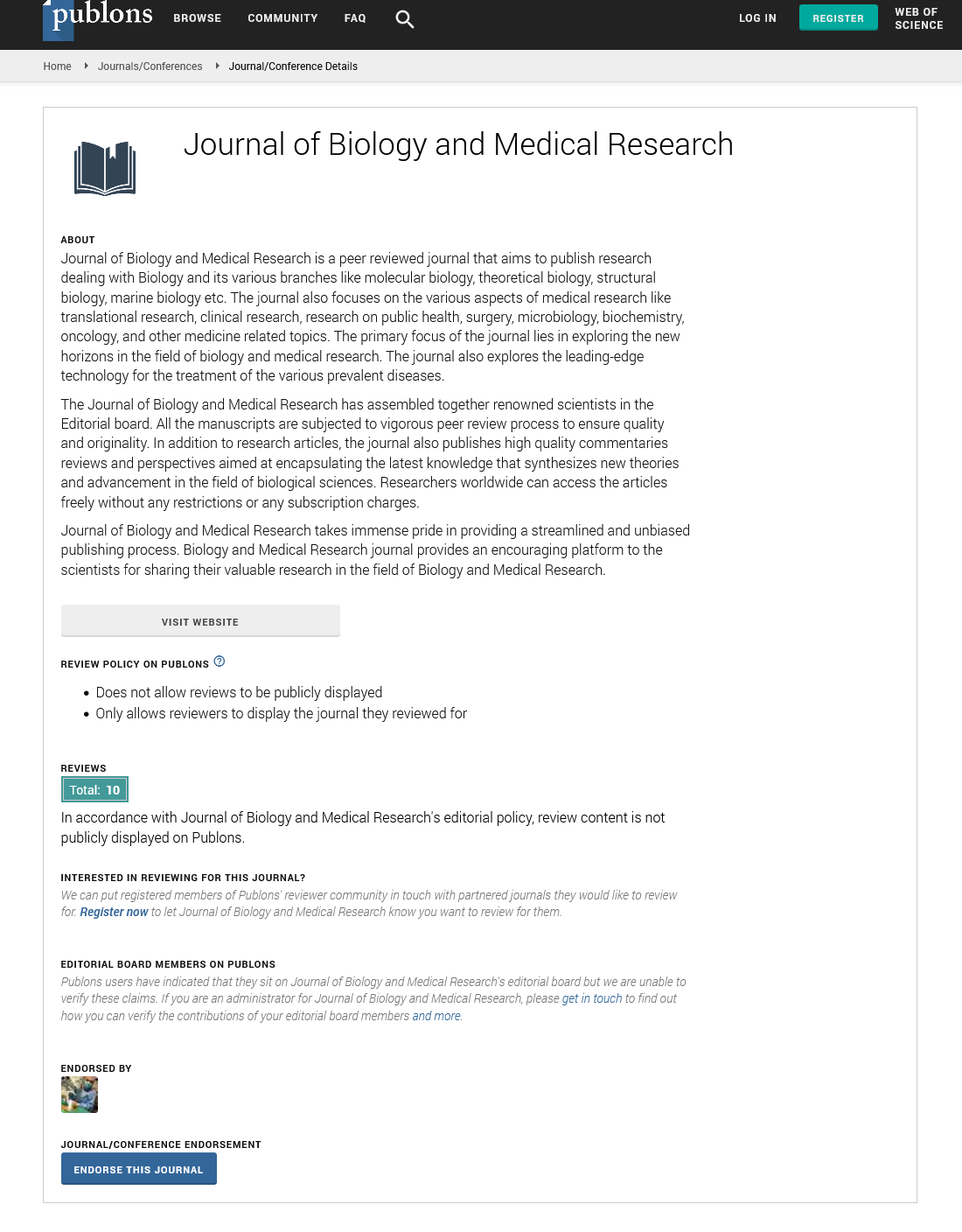Abstract
Properties and Prevention: A Review of Pseudomonas aeruginosa
Pseudomonas aeruginosa is a major player in United States nosocomial infections. This number approximates 51,000 cases each year. Individuals at risk of infection by P. aeruginosa are those that are exposed to hospital equipment that has not undergone proper sterilization (i.e., catheters, mechanical ventilation, etc.) Furthermore, certain P. aeruginosa strains mutate or endogenously produce β-Lactamase that provides resistance to penicillins. β-Lactamase disrupts the center atomic structure of several antibiotics including Penicillins, Cephalosporins, Monobactams, Carbapenems. Other mechanisms that provide intrinsic and obtained resistance to Penicillins include the genetically encoded efflux pumps; studied and assumed, act as transmembrane proteins assisting in the secretion of toxic material. Mutations influencing gene expression of P. aeruginosa may provide enough support to provide immunity to antimicrobials. These include depression of specific genes resulting in the production of extended spectrum β-Lactamase. The increase in immunity to penicillin and other antibiotics is an important factor in the length of a patient's hospital stay and mortality rate. Bacterial conjugation leads to an increase in antibiotic resistance even to the point that some specific strains of P. aeruginosa are immune to all penicillins. The illumination of P. aeruginosa has led to the implementation of many preventative measures and pre planned steps to fight nosocomial outbreaks. These measures of control have been stated to work well by some and their efficacy tested by others. This review attempts to address these resistance mechanisms and discuss the effectiveness of the preventative measures used today.
Author(s): Matthew Jenny and Jeffrey Kingsbury
Abstract | Full-Text | PDF
Share This Article
Google Scholar citation report
Citations : 80
Journal of Biology and Medical Research received 80 citations as per Google Scholar report
Journal of Biology and Medical Research peer review process verified at publons
Abstracted/Indexed in
- Google Scholar
- Publons
Open Access Journals
- Aquaculture & Veterinary Science
- Chemistry & Chemical Sciences
- Clinical Sciences
- Engineering
- General Science
- Genetics & Molecular Biology
- Health Care & Nursing
- Immunology & Microbiology
- Materials Science
- Mathematics & Physics
- Medical Sciences
- Neurology & Psychiatry
- Oncology & Cancer Science
- Pharmaceutical Sciences
